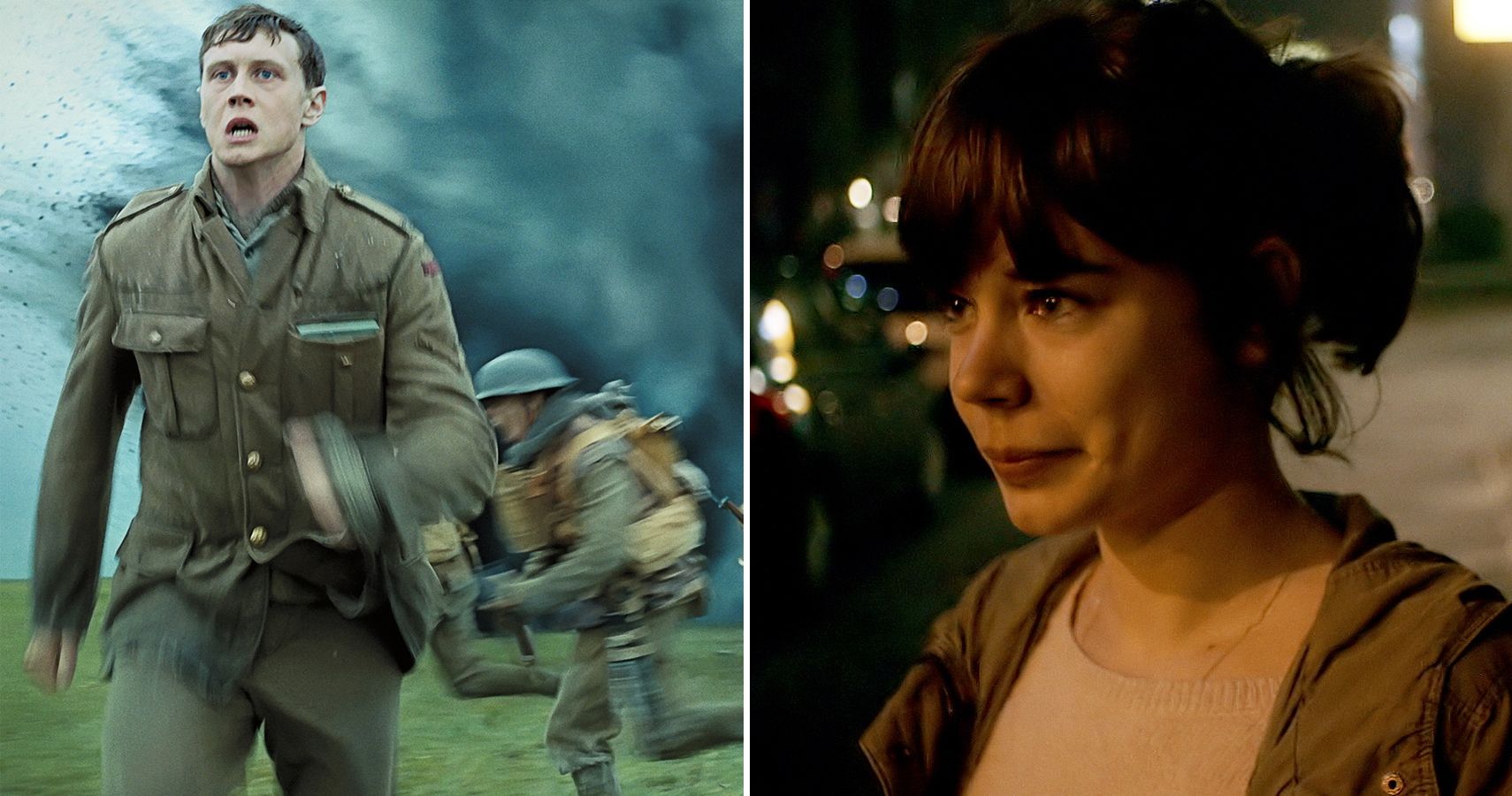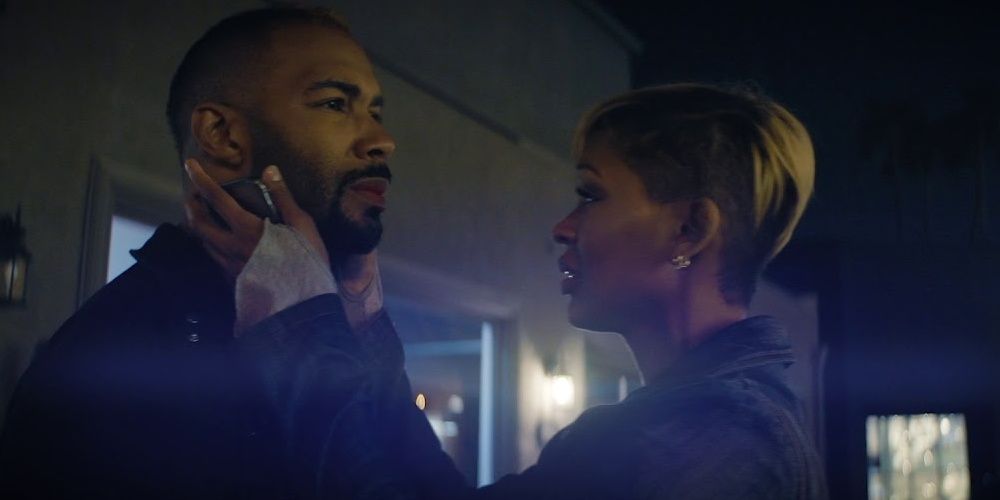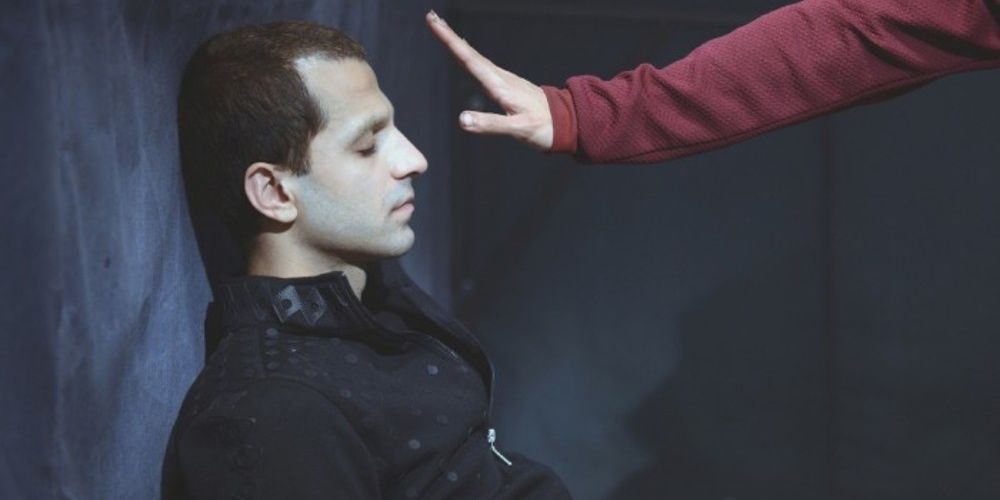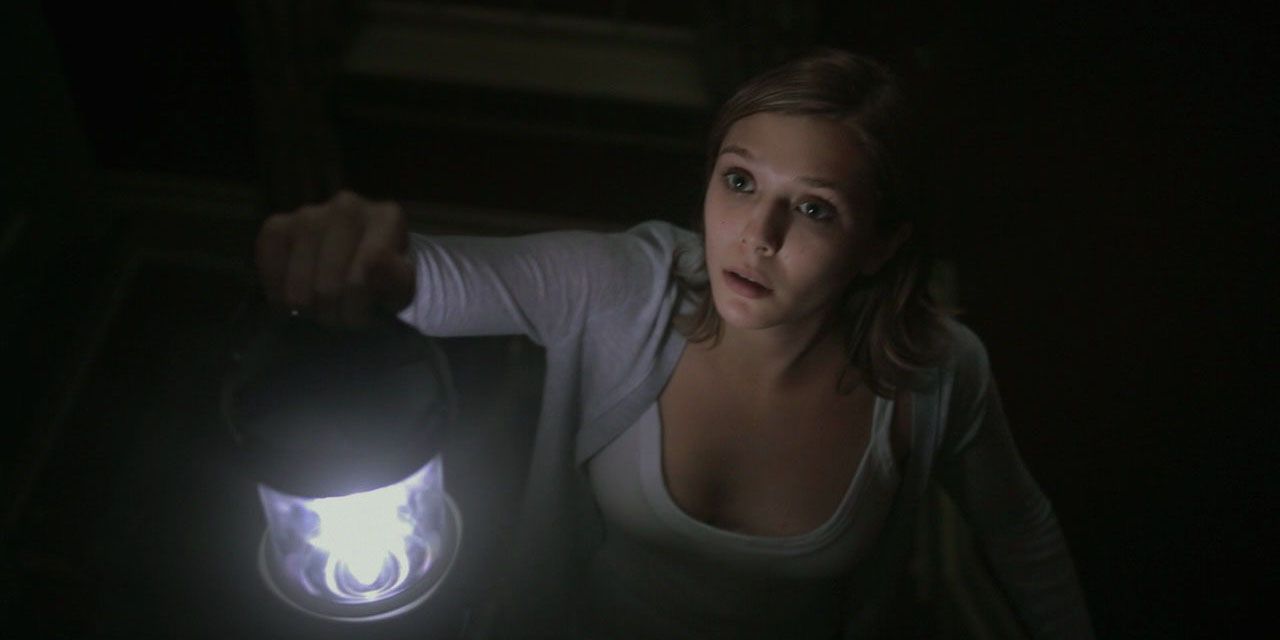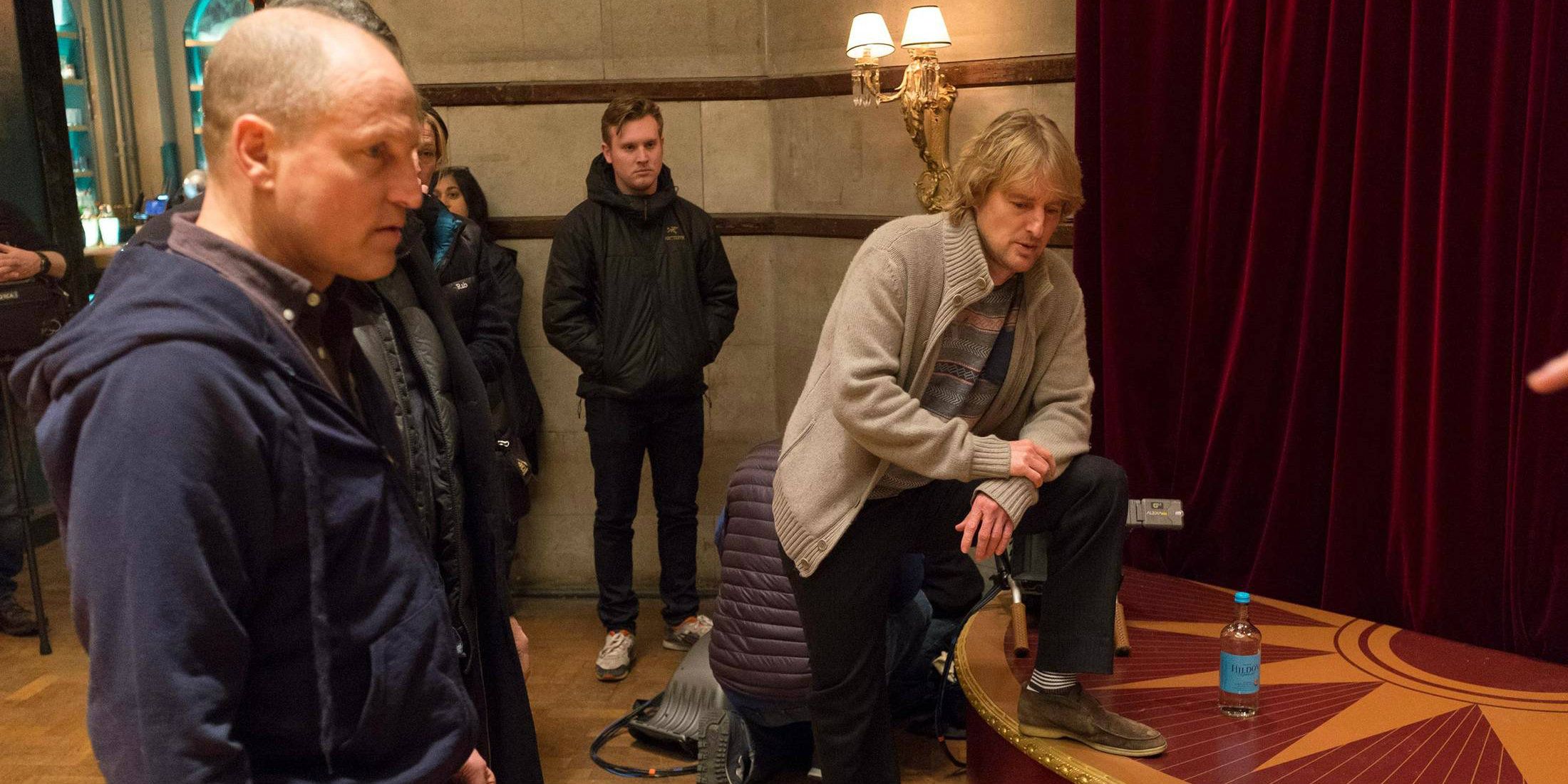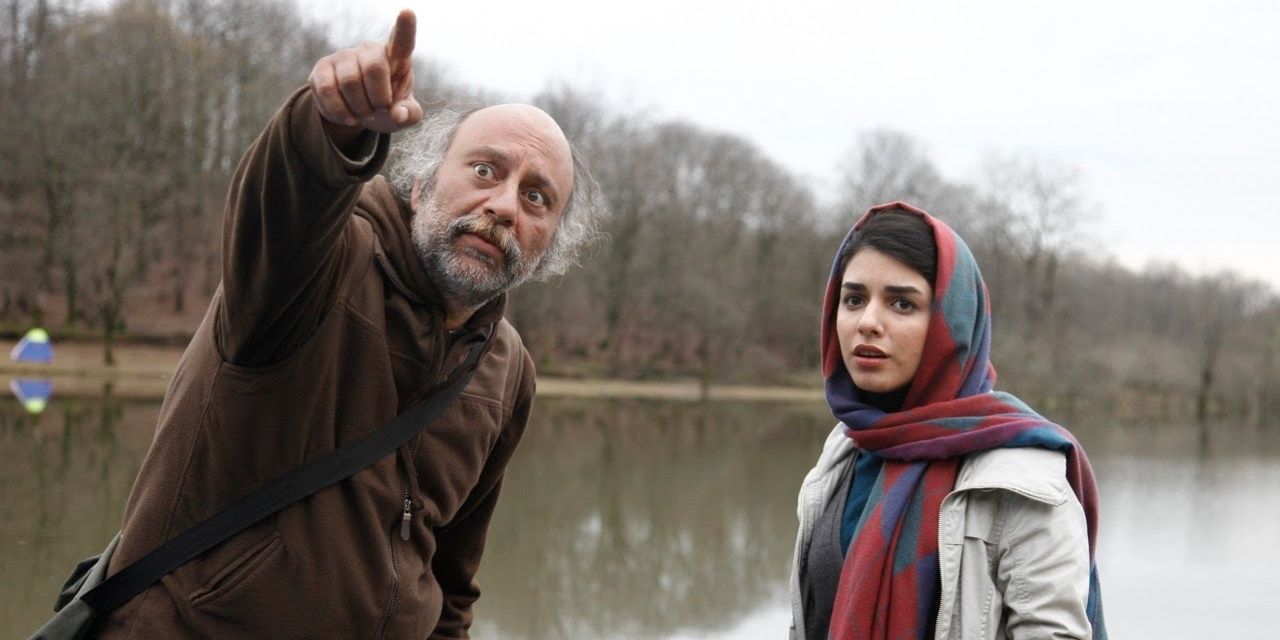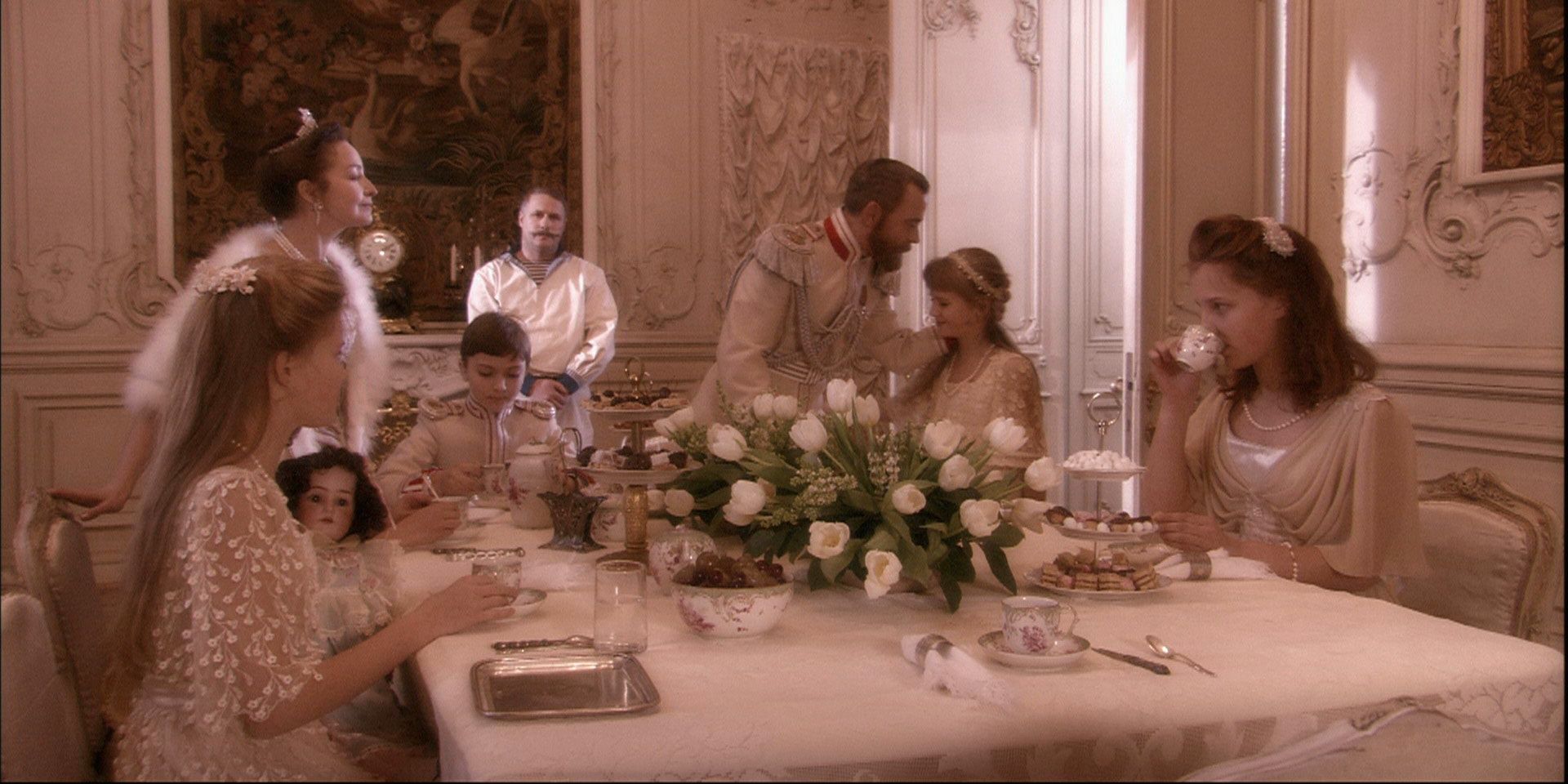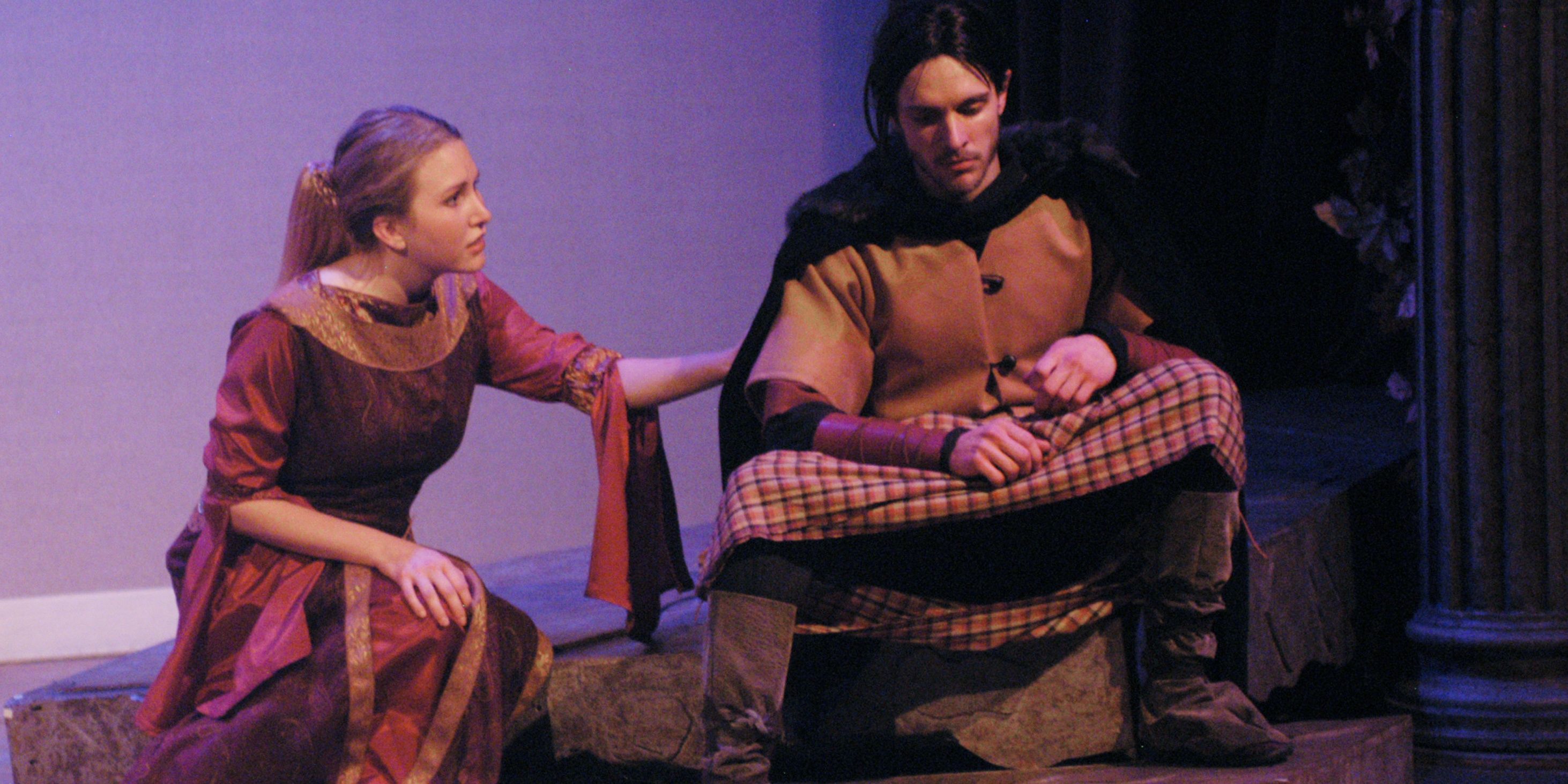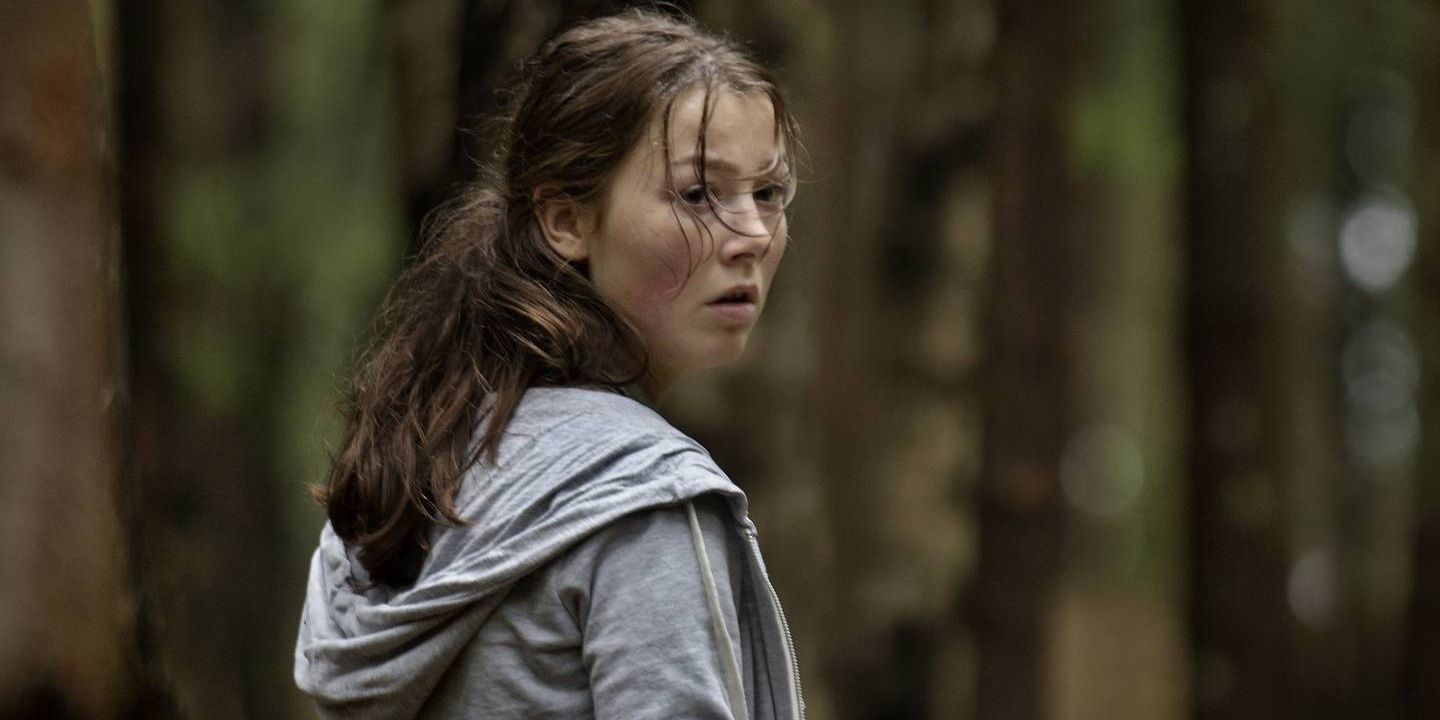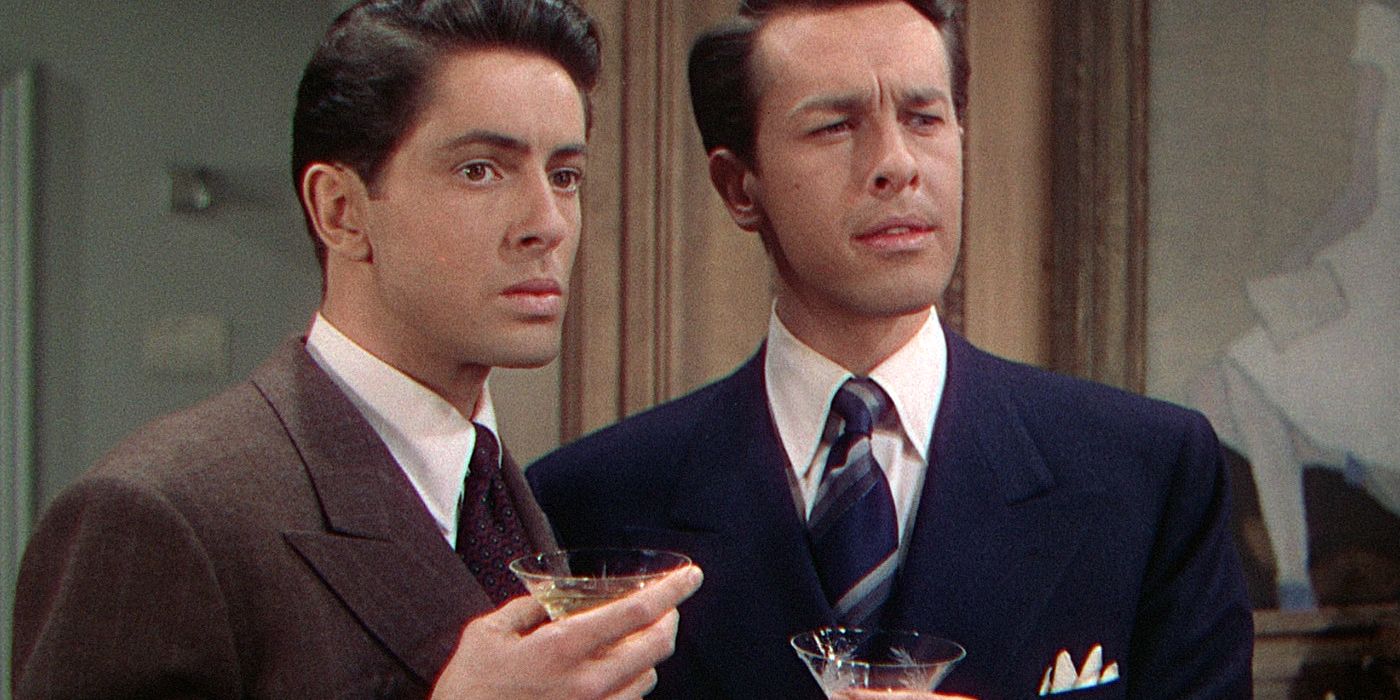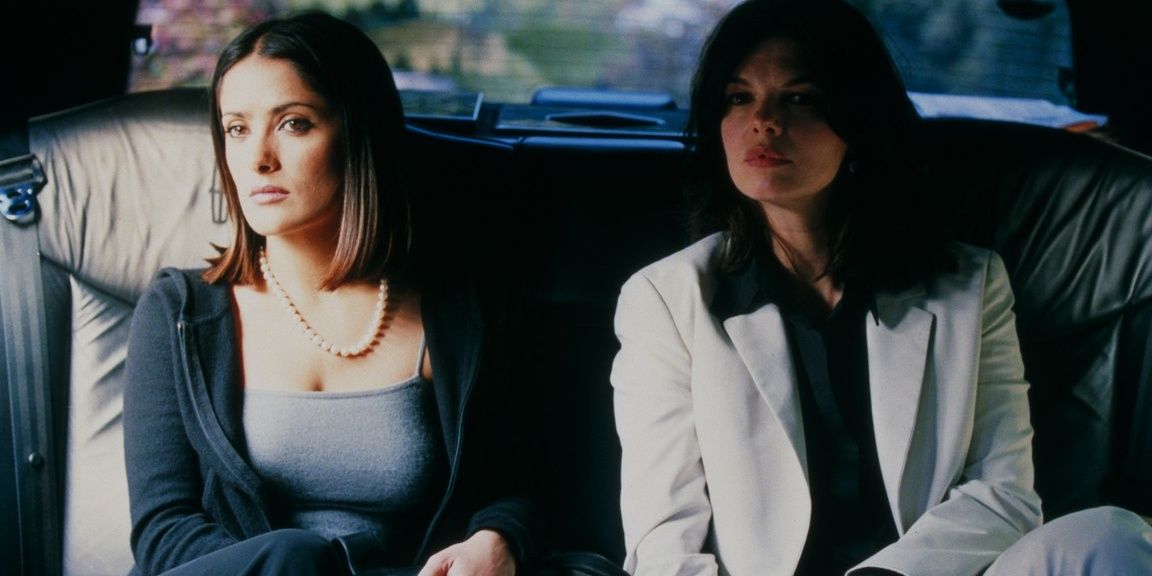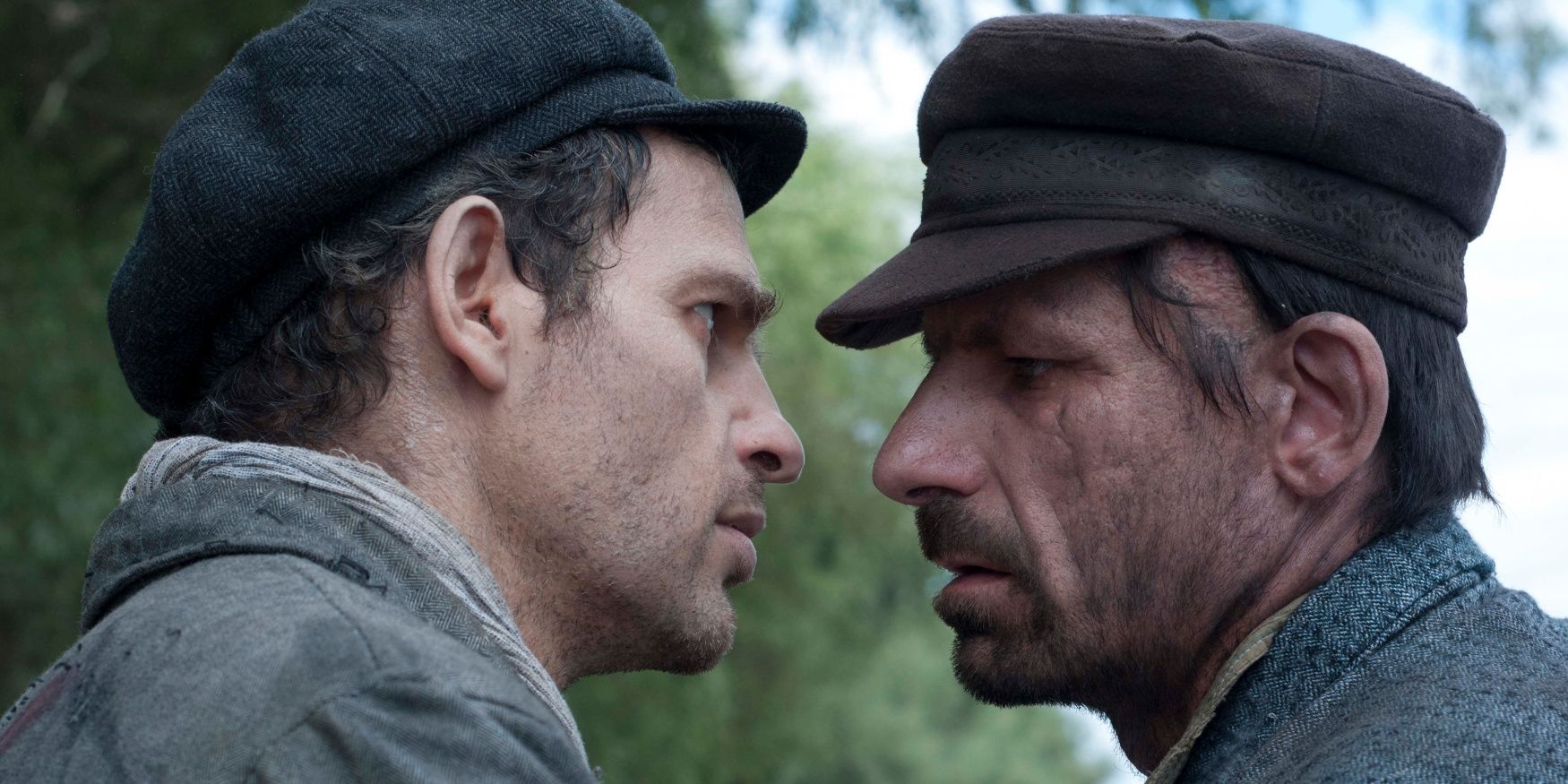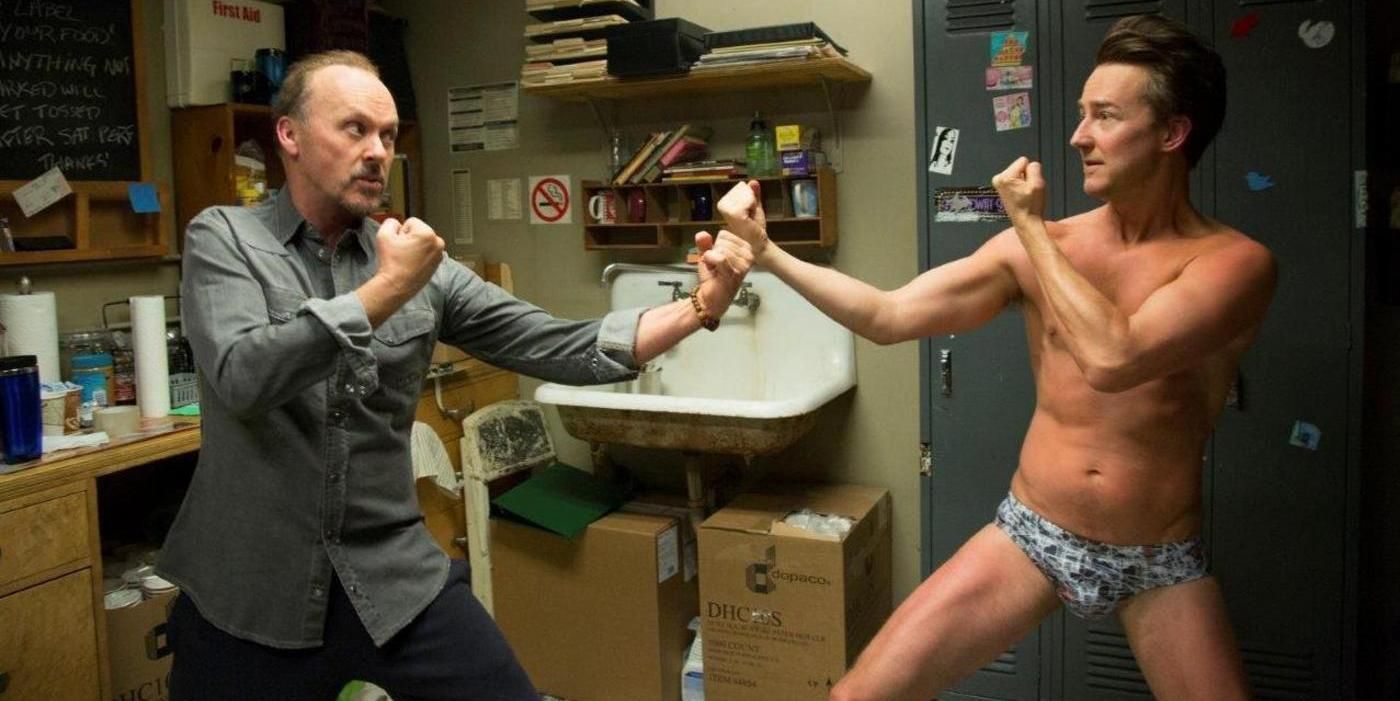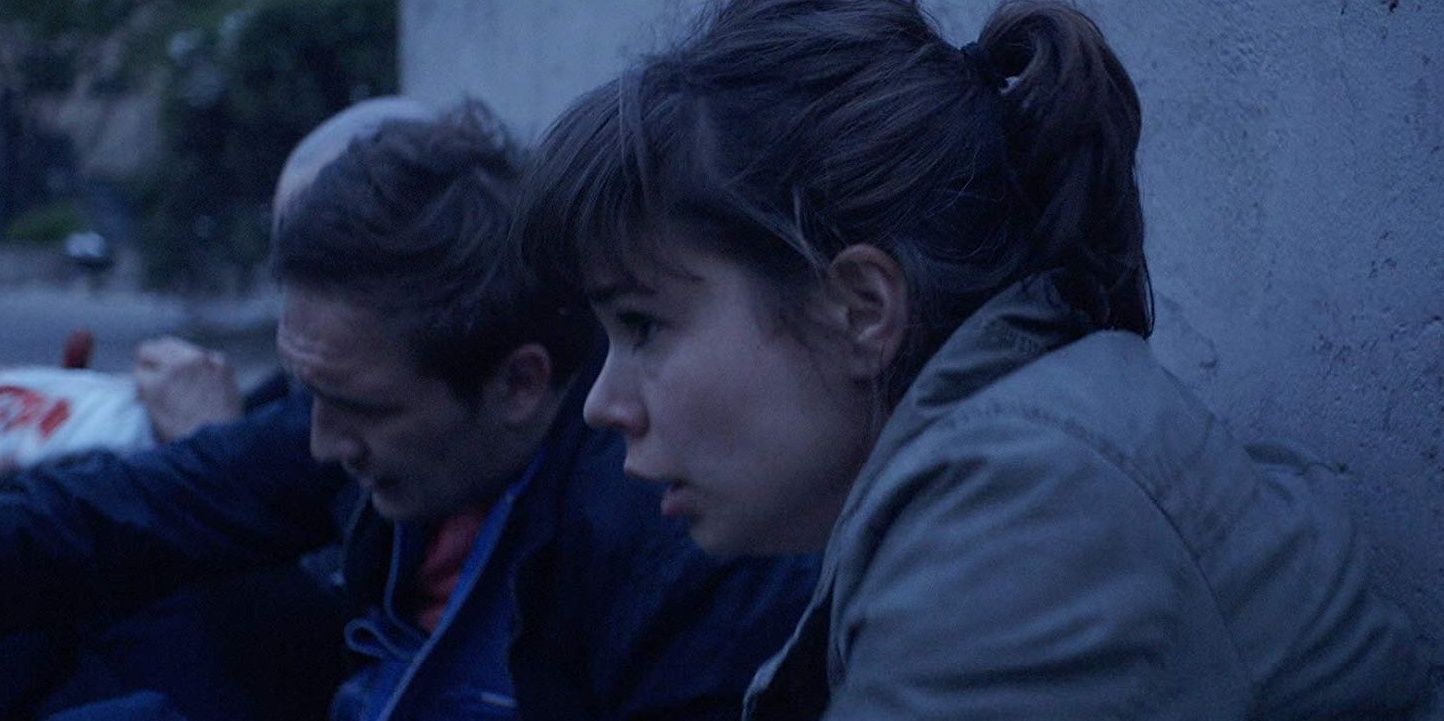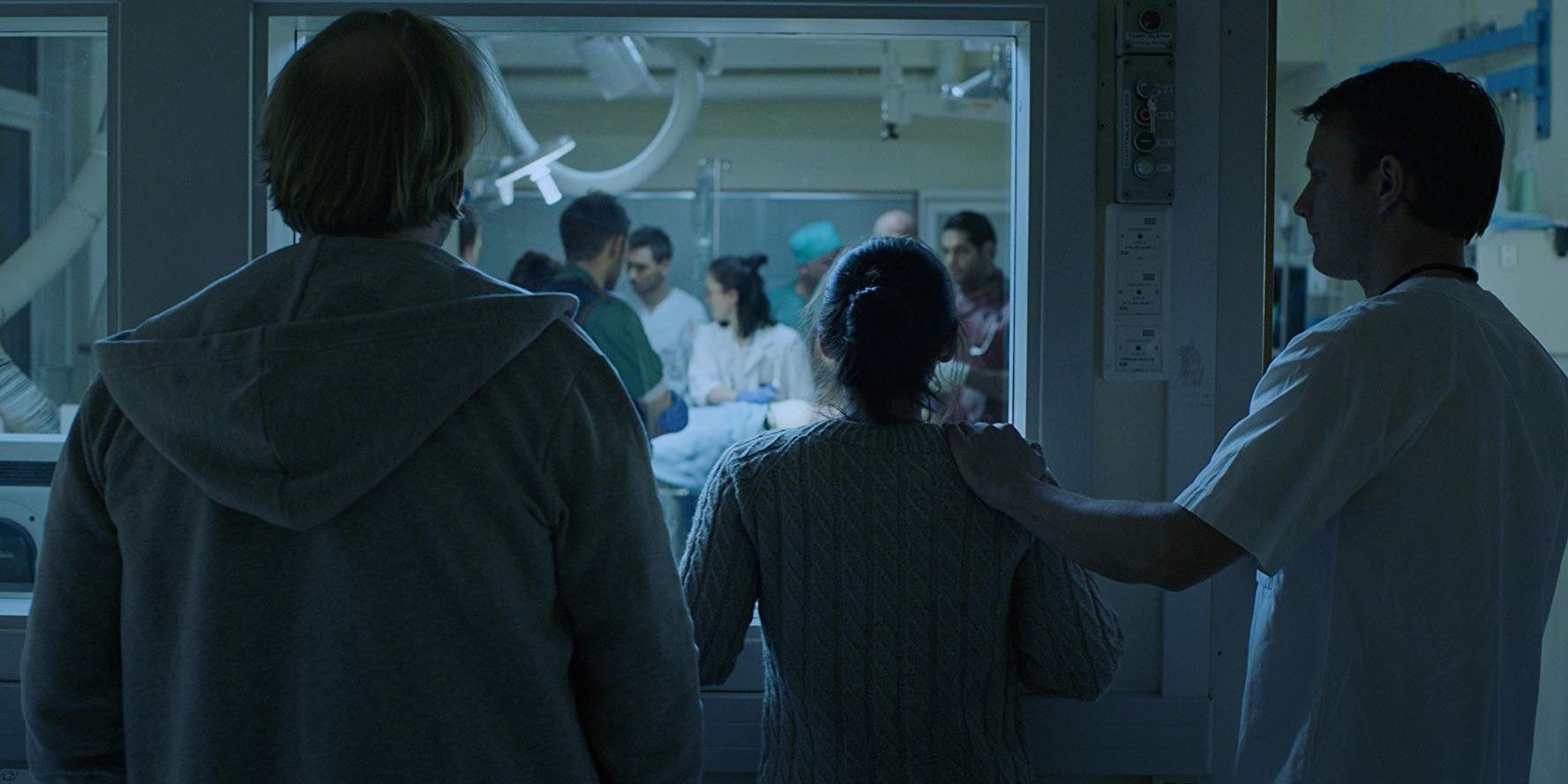The "One-Shot Technique" has been a hot topic of conversation ever since Sam Mendes' World War I thriller 1917 came out. Basically, it's a method used by directors to make the movie look as if it was shot filmed without cuts. The aim is to make the viewer feel as though they are part of the proceedings and also to make events feel like they are happening in real-time.
It's not easy to pull off hence many directors tend to shun away from it, but Mendes did it quite brilliantly in his latest project. But, how many other films have used this technique? The statistics aren't out there but here are the best ones to watch if you want to get the experience of feeling close to the main character(s).
Updated January 25th, 2021 by Kristen Palamara: Innovation continues to be paramount in the movie industry as filmmakers should feel a need to be creative and try to do something that's more challenging and engaging for their movies. A creative, innovative, and challenging technique that isn't used very often is the one-shot technique. There are countless scenes in movies that use this technique like the iconic fight scene in the original Oldboy movie, but there are significantly fewer movies that attempt to film the entire movie in one-shot and these movies should be celebrated for taking the chance even with varying degrees of success.
A Boy. A Girl. A Dream (2018)
A Boy. A Girl. A Dream: Love on Election Night was successfully and impressively filmed in one single shot, but unfortunately its plot is a little lackluster.
The movie follows two people meeting on the night of the 2016 American Presidential election, Cass being a local club promoter in Los Angeles and Frida visiting from the Midwest. The two spend the night having an adventure after just meeting and encouraging each other to follow their dreams.
Invasion (2017)
Invasion is another movie that was literally filmed in one unedited shot and has a bit more of an engaging plot at its center. Invasion takes place during an eclipse follows Ali who is accused of murdering a man in a club.
The police think it will be an easy case to solve but are planning to re-enact the crime without the knowledge that the murders plan to kill the deceased's twin sister the same night. It's a complicated plot that impressively uses the one-shot technique.
Silent House (2011)
Silent House is a psychological horror movie that follows a young woman who goes with her father and uncle to clean up an older family property that has been deserted for years and is suddenly terrorized by perceived squatters or intruders in the house.
The entire movie presents the events in real-time and is filmed to look like it was filmed in one-shot, similar to Alfred Hitchcock's Rope, and has a complicated plot along with its stereotypical horror movie plot.
Lost In London (2017)
Lost in London is a completely unique movie as it was filmed in one day with one camera and live broadcasted to several theaters on the same day.
The movie is from and stars Woody Harrelson and several other actors and musicians appearing as themselves including Owen Wilson, Willie Nelson, and Daniel Radcliffe. The action/adventure comedy follows Harrelson as he struggles to get home after a night out in London and runs into several members of the royal family.
Fish & Cat (2013)
Fish & Cat is a time-bending movie that cleverly uses the one-shot technique to travel between two stories happening at the same time foreshadowing that they will collide.
The movie switches between a group of college students gathering to participate and watch a kite-flying tournament and two men with ties to a restaurant serving human flesh, based on a real-life case, who are making their way to the campsite.
Russian Ark (2003)
About 2000 actors and extras were needed to shoot Russian Ark at St. Petersburg’s Winter Palace. The whole movie plays out in one 96-minute take. Director Alexander Sokurov confessed to using the "One-Shot Technique" because he hated editing; he wasn't doing it for the art.
The film follows a ghost who drifts through the rooms and corridors of Winter Palace in Saint Petersburg and meets various historical figures. The cast had to rehearse for months for the film to prepare for the one-day shoot. In total, 33 rooms were used.
Macbeth (1982)
There have been numerous adaptations of Shakespeare's work but Hungarian filmmaker Béla Tarr’s version 1982 version of Macbeth stands out for the visual elements. The film consists of only two shots that were merged to look like one. The camera also primarily focuses on faces instead of the bodies. As a result, the facial expressions are captured quite superbly.
Macbeth isn't exactly faithful to Shakespeare's work. It often takes a direction of its own. You can't help but feel that Béla Tarr should have just gone with a different story. However, the expertise in directing is clearly visible and that's what makes Macbeth awesome.
Utøya: July 22 (2018)
Utøya: July 22 is based on the Utøya summer camp massacre that happened in Norway in July 2011. Director Erik Poppe interviewed 40 survivors before making the film in order to make the action as realistic as he could. Using a single shot, the movie follows a lady called Kaja as she moves just before and during the 72-minute terror attack.
The terrorist is only shown from afar and his face never appears in close range. Most of the characters were fictionalized in order to protect the identity of the victims. The real attacks were conducted by a man known as Anders Behring Breivik who is currently in prison.
Rope (1948)
The legendary Hollywood director Alfred Hitchcock was the pioneer of the long shot. Among his many great films was Rope. He filmed it using a couple of 10-minute takes. He would have used much longer takes but he was limited to 10 minutes because that was the capacity of 35 mm film cameras at the time. However, you won't notice any of the cuts. Despite the limitations, only 10 shots were needed to wrap up things. That was an incredible feat in the 1940s.
According to Hitchcock, he used a single shot in order to truly capture the feel of the play which the movie was based on. Rope was also his first-ever Technicolor film. The plot is quite intriguing as well. Two aesthetes kill their former Harvard University classmate just for fun, to see if they can commit the perfect crime.
Time Code (2000)
As if one shot isn't enough, director Mike Figgis used four shots for Time Code and displayed them all using a split-screen. All the shots run at the same time for 93 minutes. The audio keeps getting raised and reduced for each quadrant in order for the viewer to figure out what's going on.
The movie follows several people in Los Angeles as they make preparations for the filming of a movie. It's a movie about a movie and it's been shot with groundbreaking movie techniques. It's a masterpiece though it gives the viewer a hard time trying to keep up with all four mini-screens.
Son Of Saul (2015)
For 107 minutes, the camera rarely leaves the lead's head in Son Of Saul. The man known as Saul Ausländer goes on to get a first-hand experience of the hellish proceedings in a German concentration camp. He is forced to participate in the killing of other prisoners in order to keep his own life.
Son Of Saul was well received by critics. It won the Best Foreign Language Film award at the Oscars. On Rotten Tomatoes, it holds a score of 96%. Interestingly, it was only the first film that director László Nemes, had ever made in his career. Such a good way to start.
Birdman (2014)
Director Alejandro G. Iñárritu experimented with lengthy shots in The Revenant but for Birdman, he went all the way. He apparently shot each scene about 15 to 20 times and stitched them all together to look like one take. The dedication paid off, with the Academy handing him another Oscar.
Birdman tells the story of Riggan (Michael Keaton), an actor who isn't popular anymore. During the peak of his fame, Riggan was known for playing the superhero "Birdman." He now seeks to revive his career by staging a Broadway play that's an adaptation of a short story.
Victoria (2015)
Unlike other entrants that were edited to look like a single take, the German crime thriller Victoria was actually shot without cuts in three single takes, each from start to finish. The film tells the story of a lady and a group of men who attempt to rob a bank at night but everything doesn't turn out as they expected.
Director Sebastian Schipper filmed the entire movie from 4:30 am to 7:00 am. Within this time frame, he took three attempts at filming without stopping the camera. In the end, all that was left was to decide which of three shots was better. It was a huge risk but everything turned out fine. Victoria literally makes you one of the wannabe robbers and it came as no surprise when it won Best Feature Film at the German Film Awards.
Blind Spot (2018)
Blind Spot tells the story of a family that struggles to come to terms with the fact that their daughter has suffered a terrible injury that she will never recover from. The director gives you no chance to take a break from the sorrow. When watching the film, you are obligated to feel the family's pain.
The emotions run deep in Blind Spot. When it ends, there is a mixture of relief and sadness. Relief because the pain has t least been put to a halt and sadness because no solution has been found. The movie was chosen as the Norweigan entry for the Best Foreign Language film at the Oscars.
1917 (2019)
1917 is clearly the best ever movie that was made to look like a single take. Sam Mendes made us all feel like we were running alongside Lance Corporals William Schofield and Tom Blake as they tried to save another unit from being ambushed by German forces.
During an interview with Vox, director Sam Mendes explained why he decided to use a single take: "I wanted to tell this story in two hours of 'real time.' ... In a movie that operates more like a ticking-clock thriller at times, I wanted an audience to feel every second passing and take every step with them, and also be aware of geography and distance and physical difficulty."

